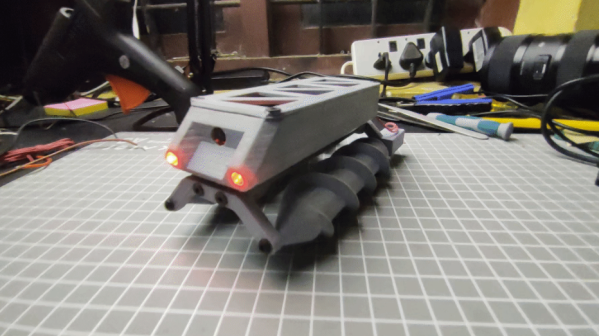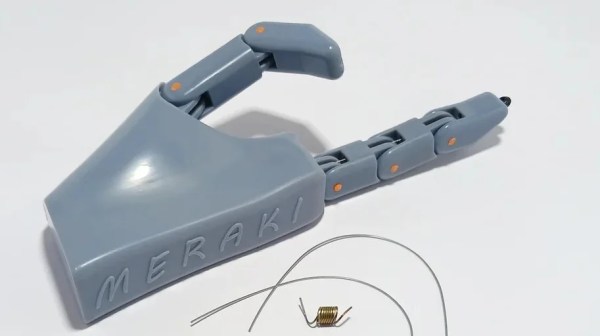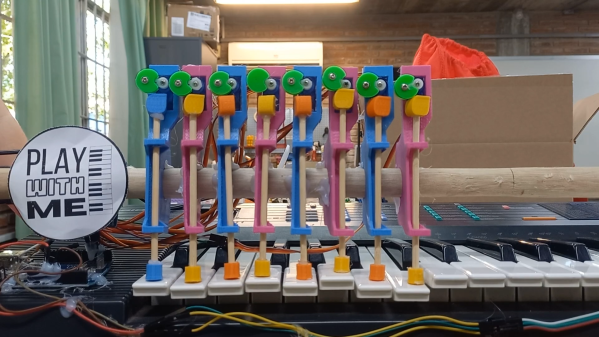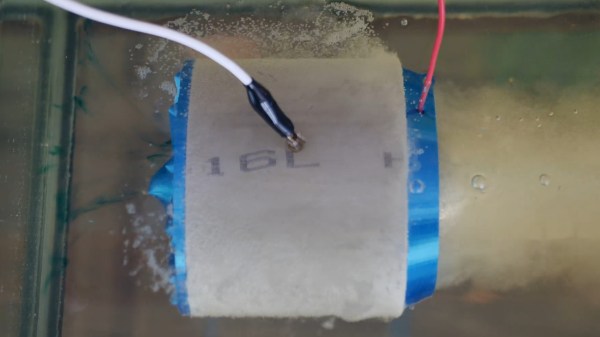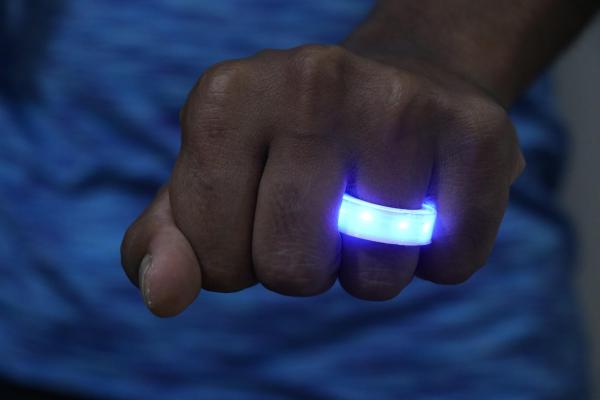When there’s a vulnerability in a system library, we install updates, and go on with our lives. When there’s a vulnerability in a Java library, jars get rebuilt, and fixed builds slowly roll out. But what happens when there’s a vulnerability in a library used in firmware builds? And to make it even more fun, it’s not just a single vulnerability. All three major firmware vendors have problems when processing malicious images. And LogoFail isn’t limited to x86, either. UEFI Arm devices are vulnerable, too.
Continue reading “This Week In Security: LogoFail, National DNS Poison, And DNA”
Stereoscopic Macro Lens Shows Two Is Better Than One
You’d be forgiven if you thought [Nicholas Sherlock’s] new lens design was a macro lens that was 3D printed. In fact, it is, but it is also a macro lens that takes 3D images using two different cameras. If you have a pair of Sony E/FEs, you can 3D print your own copy today. If you don’t, you might have to adjust the design or wait for future releases. In any event, you are sure to enjoy the example photos, and there’s a video review of the device you can watch below.
The design merges two 4x microscope lenses to provide a 2X stereo image with a 5mm baseline. As you might expect, the secret is a prism in the assembly that allows one camera to shoot directly at the subject and the other to shoot with a 5mm offset. This is trickier than you might think because the cameras shift the image some, also.
Continue reading “Stereoscopic Macro Lens Shows Two Is Better Than One”
Build Yourself A Screw Propelled Robot To Tackle The Dirt
Wheels and tracks are common choices for robot propulsion, but they’re not the only game in town. You can do some nifty things with long extruded screws , and they work pretty well in soft terrain. [gokux] set about building a small robot using this propulsion method using 3D printed parts.
The build uses a Seeed Studio XIAO ESP32S3 as the brains of the operation. This provides wireless connectivity for remote control, as well as a way to get a low-latency video feed out of the robot from the OV2640 camera. The ESP32 controls a pair of brushed DC gearmotors via a DRV8833 motor driver. Each drives one of the two screws on the robot. By driving the two screws separately, the robot has simple skid steering. Two 18650 lithium-ion cells provide power for the robot, and are charged via a TP4056 battery charger module.
If you want to build a small robot that can handle soft terrain well, screw drives could be just the solution you’re looking for. They’re usually a bit slow, though, especially for human-scale conveyances, so don’t write off wheels or tracks if you don’t have to. And, of course, when your build is done, don’t forget to put it online and tell us all about it!
Generating Motion Via Nitinol Wires
Generally, when we’re looking to build something that moves we reach for motors, servos, or steppers — which ultimately are all just variations on the same concept. But there are other methods of locomotion available. As [Jamie Matthews] demonstrates, Nitinol wires can be another way to help get things moving.
Nitinol is a type of metal wire made of nickel and titanium that is also known as “memory wire”, because it can remember its former shape and transition back to it with a temperature change. [Jamie] uses this property to create a simple hand that is actuated by pieces of wire sourced from Amazon. This is actually a neat way to go, as it goes some way to mimicking how our own hands are moved by our tendons.
[Jamie] does a great job of explaining how to get started with Nitinol and how it works in a practical sense. We’ve seen it put to some wacky uses before, too, such as the basis for an airless tire.
Robot Pianist Runs On Arduino Nano
The piano has been around for a long time now. Not long after its invention, humans started contemplating how they could avoid playing it by getting a machine to do the job instead. [vicenzobit] is the latest to take on this task, building a “Robot Pianista” that uses a simple mechanism to play a tune under electronic command (Spanish language, Google Translate link).
An Arduino Nano is the heart of the build, paired with a shield that lets it run a number of servo motors. The servos, one per key, are each assembled into a 3D-printed bracket with a cam-driven rod assembly. When the servo turns, the cam turns, and pushes down a rod that presses the piano key.
The build is limited in the sense that you can only play as many keys as you have servo channels, but nonetheless, it does the job. With eight servos, it’s able to play a decent rendition of Ode to Joy at a steady tempo, and that’s an excellent start.
We’ve featured some great mechanized instruments before, too. Video after the break.
Bulked Up MHD Drive Makes Waves While Standing Still
Looking back through the archives, we actually haven’t seen much in the way of homebrew magnetohydrodynamic drives (MHDs) — which is somewhat surprising, as the core concept isn’t nearly as complicated as its syllable-laden name might indicate. You can see results with little more than a magnet, a couple of electrodes, and a bench power supply. The trick is turning these base components into something that might actually have practical value.
That’s where we find [Jay Bowles], who has gone down a bit of a MHD rabbit hole these last few months. His latest MHD unit is a considerable improvement over its predecessor by all practical metrics, and as an added bonus, really nails the look of a futuristic propulsion unit. Even though the all-electric thruster hasn’t gone on a mission to anywhere more exotic than a table-top aquarium, you could easily imagine a pair of them slung under some top secret stealth watercraft.
Continue reading “Bulked Up MHD Drive Makes Waves While Standing Still”
LED Ring Brings The Bling
We’ve seen our share of light-up jewelry over the years, but for some reason — probably power — it’s almost always earrings or necklaces. So when we saw [ROBO HUB]’s LED ring, we had to check it out. It involves a bit of behind-the-scenes action in the form of a battery holder that you palm, but the end effect is quite cool.
Essentially, this is a 3D printed ring with SMD LEDs painstakingly soldered together in parallel along a pair of thin copper wires. The ring itself is in two parts: a base, and a cover to diffuse and protect the LEDs. A pair of wires run out from the ring and connect to a printed coin cell holder.



